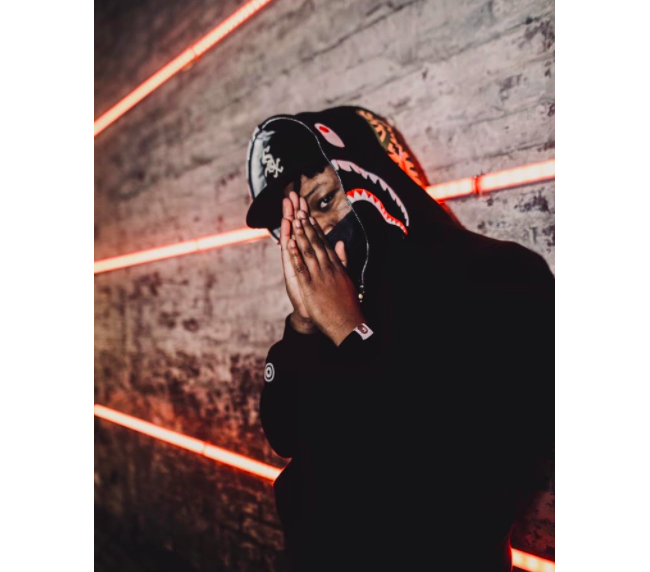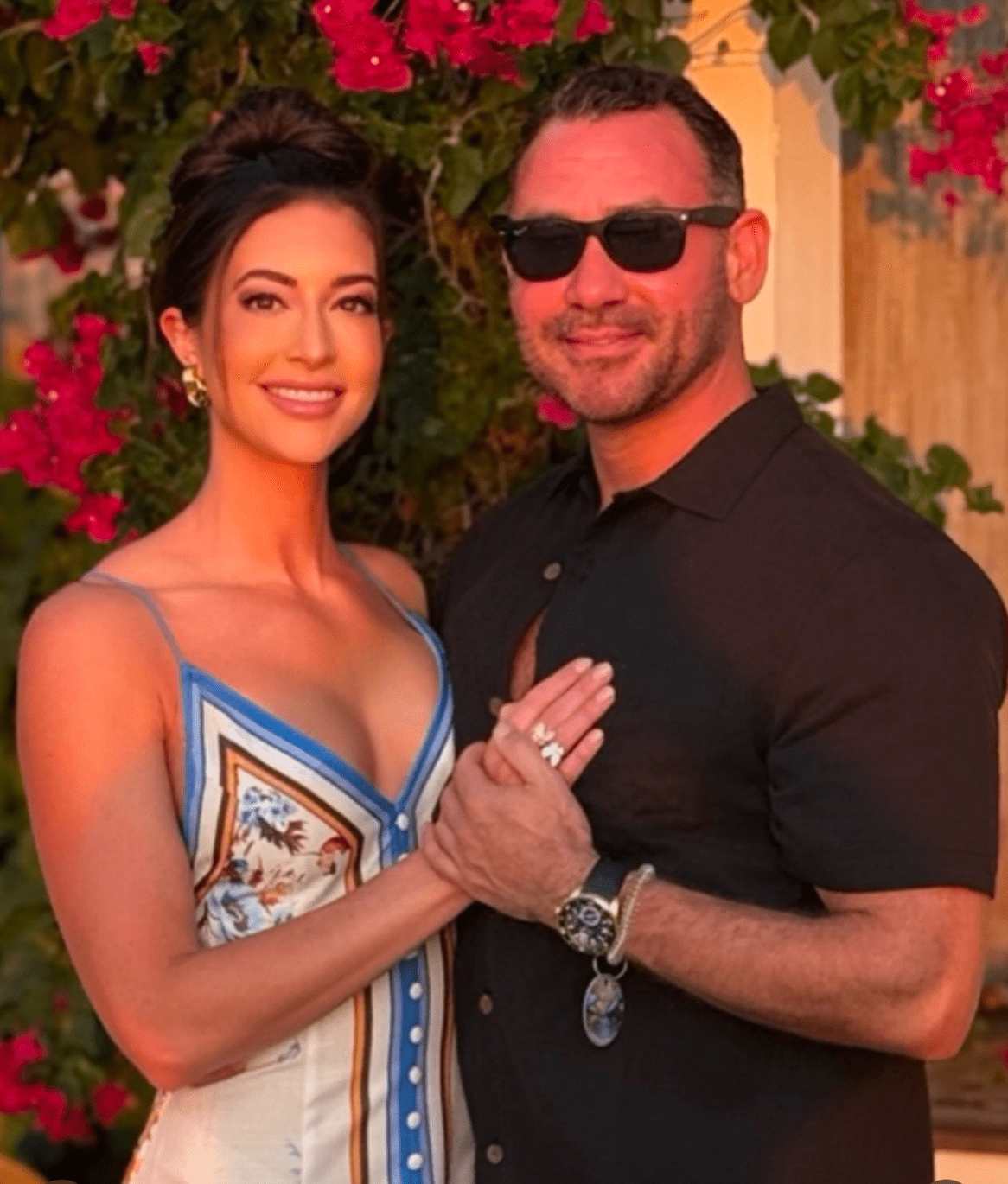Lifestyle
Director Tayyofficial Shares 5 Things That Make Or Break A Music Video

Hailing from Philadelphia, Pennsylvania, Tayyofficial always had a knack for creating art that really captures your attention. Ever since he was young, the 22-year-old video director would often get lost in between colors and shapes and combine them to create masterful pieces of art. As he continues to leave remarkable traces of his prowess, the director continues to leave an impact on his hometown and the music industry through his unforgettable music videos and work with other artists.
In our latest interview, Tayyofficial gave us five things that can both break or make a difference in shooting an appealing music video. See his tips and advice below:
- Lighting
Lighting is important when making a music video because great lighting will catch the eye of the viewers more than bad lighting. Without good lighting it can make the viewer uninterested. It can also be harder to color grade because if it’s too dark and try to make it brighter that can kill your clip and cause a lot of noise in the video which isn’t appealing unless that’s what you’re going for.
It can make a scene by giving the audience a dramatic feel or a more interesting feel if you want to add like some color. It can break a scene if the lighting doesn’t add up to the story you are really trying to tell.
- Background
The way I go about choosing my background is by analyzing the song and seeing what kind of vibe it gives me and I try to match that vibe the best I can. For example if it’s like a hood/trap vibe I’ll use streets corners or trap houses to match that vibe. I don’t typically have anything I look for specifically besides something that would make sense on what I’m trying to create.
- Props
Yes, I use props and think every director should. They enhance videos a lot because the Audience don’t want to just see the rapper, they want to see some of the things he’s/she’s talking about, and see other things that’s entertaining besides the rapper.
- Color Scheme
A color scheme is important because you have to have something to catch the audience’s eye when the color is terrible it can be distracting to those who are watching.
- Artists
Do’s: Step out of your comfort zone. Some things you might never did before could really bring a visual to life.
Don’ts: Be too High/Drunk on the day of the shoot. You’ll be wasting your and my time because we might don’t shoot or not use a lot of the footage because of your appearance and nobody wants that.
Follow Tayyofficial (@tayyoffiical) on Instagram: https://www.instagram.com/tayyofficial_/?hl=en
Lifestyle
The Countdown Begins: Derik Fay’s Wedding Day Approaches as the World Watches

With the clock ticking down, anticipation is mounting around the upcoming wedding of Derik Fay — the renowned entrepreneur, investor, and private equity titan who has quietly built empires while empowering others behind the scenes. Known for his strategic influence across more than 60 companies spanning fintech, real estate, wellness, media, and beyond, Fay is now preparing for what might be his most celebrated personal milestone yet: his wedding.
While details remain closely held, what’s clear is that this won’t be just another wedding. It’s the union of a man who has built his life and legacy through discipline, loyalty, and integrity — principles that now extend into his private life.
From boardrooms to bridal prep, Fay’s inner circle has watched him remain laser-focused, not only orchestrating billion-dollar business movements, but also thoughtfully curating every detail of this upcoming event. It’s a reflection of the same care and precision he brings to the companies he helps scale from obscurity to success.
As one close friend noted, “Most people just plan a wedding. Derik builds an experience. Just like he does with everything else — it’s meaningful, intentional, and completely unforgettable.”
And yet, amidst the glamour, it’s the emotion that resonates most. Friends, colleagues, and family alike have spoken of the joy radiating from Fay — a rare vulnerability for someone known for steely boardroom composure. It’s proof that even moguls with multi-million-dollar valuations and empires to manage are grounded by love, family, and human connection.
For someone who has helped countless founders achieve their dreams quietly in the background — often funding, guiding, and building their visions without ever taking credit — this moment in the spotlight feels well-deserved.
So as the final days approach, the world may be watching with curiosity, but those who know Derik Fay understand this is not the peak of a journey — it’s another step in a life built on authenticity, ambition, and unwavering commitment to both growth and heart.
-

 Tech5 years ago
Tech5 years agoEffuel Reviews (2021) – Effuel ECO OBD2 Saves Fuel, and Reduce Gas Cost? Effuel Customer Reviews
-

 Tech6 years ago
Tech6 years agoBosch Power Tools India Launches ‘Cordless Matlab Bosch’ Campaign to Demonstrate the Power of Cordless
-

 Lifestyle6 years ago
Lifestyle6 years agoCatholic Cases App brings Church’s Moral Teachings to Androids and iPhones
-

 Lifestyle5 years ago
Lifestyle5 years agoEast Side Hype x Billionaire Boys Club. Hottest New Streetwear Releases in Utah.
-

 Tech7 years ago
Tech7 years agoCloud Buyers & Investors to Profit in the Future
-

 Lifestyle5 years ago
Lifestyle5 years agoThe Midas of Cosmetic Dermatology: Dr. Simon Ourian
-

 Health7 years ago
Health7 years agoCBDistillery Review: Is it a scam?
-

 Entertainment6 years ago
Entertainment6 years agoAvengers Endgame now Available on 123Movies for Download & Streaming for Free
